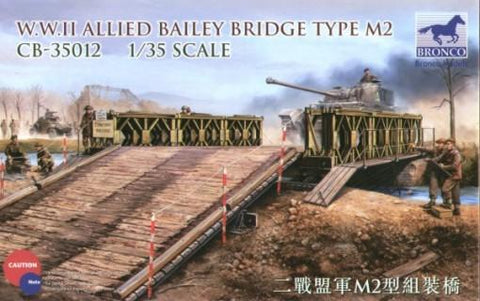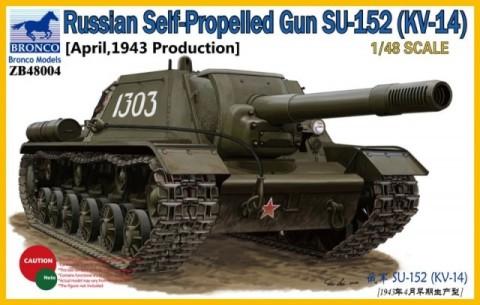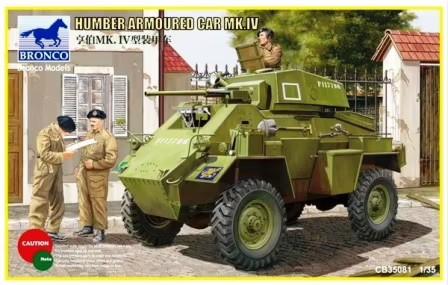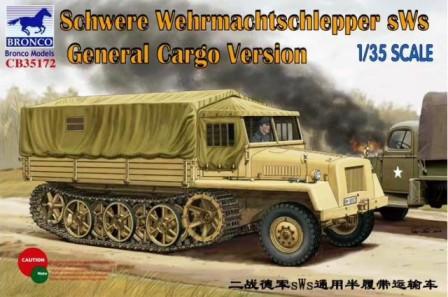
Bronco Military 1/35 British Bishop Self-Propelled Artillery Vehicle w/25-Pdr Howitzer Gun Kit
ACCEPTING BACKORDERS - WILL SHIP WHEN AVAILABLE
BOM-35077The rapid maneuver warfare practiced in the North African Campaign led to a requirement for a self-propelled artillery vehicle armed with the 25 pounder gun-howitzer. In June 1941 the development was entrusted to the Birmingham Railway Carriage and Wagon Company. A prototype was ready for trials by August and 100 were ordered by November 1941. The result was a vehicle designated Ordnance QF 25-pdr on Carrier Valentine 25-pdr Mk 1 and universally known as Bishop.
The Bishop was based on the Valentine II hull, with the turret replaced by a fixed boxy superstructure with large rear doors. Into this superstructure, the 25 pounder gun-howitzer was fitted. As a consequence of the gun mounting, the resulting vehicle had a very high silhouette, a disadvantage in desert warfare. The maximum elevation for the gun was limited to 15 degrees, lowering the range considerably to about 6,400 yards (about half that of the gun on its wheeled carriage), the maximum depression was 5 degrees and traverse 8 degrees. In addition to the main armament, the vehicle could carry a Bren light machine gun. By July 1942 80 Bishops had been built, and as the last 20 were being built an order for a further 50 was placed, with an option for a further 200, but the tender was abandoned in favor of the American M7 105 mm SP gun.
The Bishop first saw action during the Second Battle of El Alamein in North Africa and remained in service during the early part of the Italian Campaign. Due to the aforementioned limitations, compounding Valentine's characteristic slow speed, the Bishop was poorly received almost universally. In order to compensate for insufficient elevation, crews would often build large ramps out of the earth - running the Bishop onto these tilted the whole vehicle back effectively gaining extra elevation for the gun and increasing its maximum range.
It was replaced in service by the M7 Priest (105 mm) and Sexton (25-pounder) when those became available in sufficient numbers, and surviving Bishops were diverted for artillery use.




